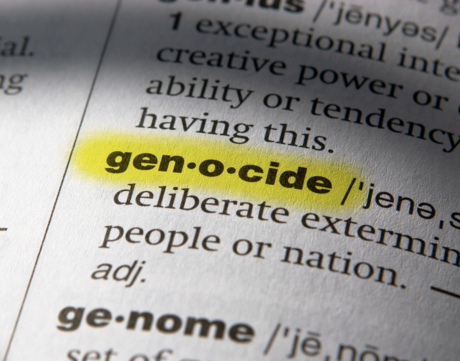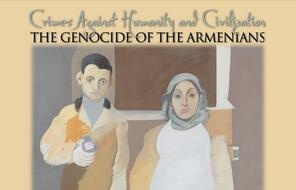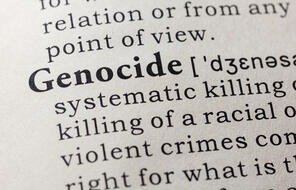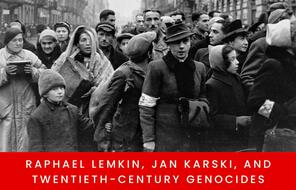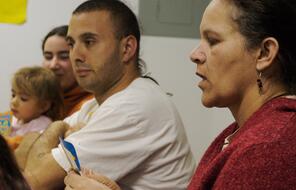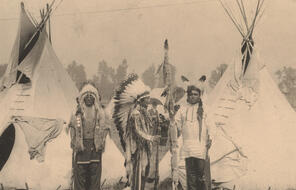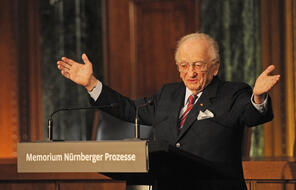Seventy years ago this fall, the word "genocide" made its debut into the English language, on page 79 of the 674-page Axis Rule in Occupied Europe [which you can find here in Reading 3], in a chapter called "Genocide—A New Term and New Conception for Destruction of Nations."
The writer was Raphael Lemkin, a Polish-born lawyer who had fled the persecution of the Holocaust and moved to the United States in 1941. A few months after his arrival, he heard a radio address in which British Prime Minister Winston Churchill told listeners about the horrors of World War II:
"Whole districts are being exterminated. Scores of thousands–literally scores of thousands—of executions in cold blood are being perpetrated by the German police troops," he said. "We are in the presence of a crime without a name."
Lemkin, who lost much of his family in the Holocaust, understood that the problem of mass murder was not new, but he believed that his contemporaries lacked both law and language to help them prevent future atrocities.
He decided to create a name for the crime without a name. He came up with genocide, which he defined as the destruction of a nation or an ethnic group. He said he created the word by combining the ancient Greek word genos (race, tribe) and the Latin cide (killing). In 1948, nearly three years after the concentration camps of World War II had been closed forever, the newly-formed United Nations (UN) used this new word in the "Convention on the Prevention and Punishment of the Crime of Genocide," a treaty that was intended to prevent any future genocides. The results of that treaty—and of the creation of that word—would have a far-reaching impact on the way that we think about crimes against humanity worldwide, tolerance, justice, and responsibility to others.
It was only after learning about the crimes that the Ottoman Empire committed against the Armenians during World War I, and about how the perpetrators of those crimes went unpunished, that he was inspired to act. He was outraged, and could not believe that there was no legal precedent for punishing perpetrators of such terrible crimes. Lemkin was the first person to describe the massacres of Ottoman Armenians as genocide.
While Lemkin was able to coin a word and convince diplomats at the UN to pass the "Convention on the Prevention and Punishment of the Crime of Genocide," his work was not complete upon his death. After he died, the job of lobbying governments across the world to ratify the convention was left to ordinary people, many of whom never knew him. Sadly, Lemkin's work remains unfinished. Genocide continues to this day, and it is up to ordinary people across the world to use the legal and political tools that Lemkin created to not only prosecute perpetrators of genocide, but also to work toward fulfilling Lemkin's hope of ultimately preventing genocide from happening.
The new documentary Watchers of the Sky looks at the legacy of Raphael Lemkin and chronicles four stories of contemporary courage, compassion, and determination. Facing History is working with Watchers of the Sky director Edet Belzberg and her team to create four educational clips from the film with connections questions that educators can use with students or in classrooms during units that look at genocide and human rights.
The case study of Raphael Lemkin challenges us to think deeply about what it will take for us—individuals, groups, and nations—to take up Lemkin's challenge. Explore this challenge on your own, with students, or in your community with three lesson plans from our unit, "Totally Unofficial: Raphael Lemkin and the Genocide Convention."
Explore Raphael Lemkin's challenge in the unit "Totally Unofficial: Raphael Lemkin and the Genocide Convention."
Get the Unit
Don't miss out!
- download classroom materials
- view on-demand professional learning
- and more...

